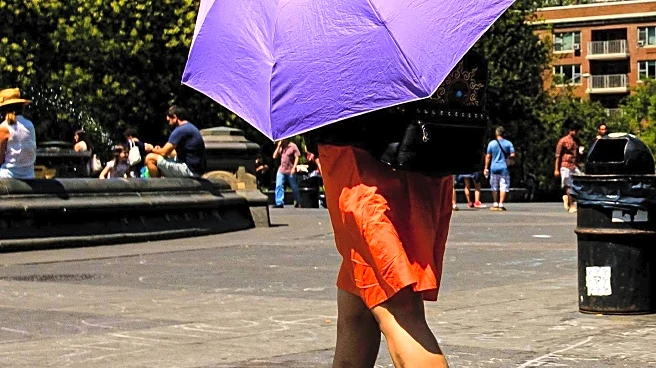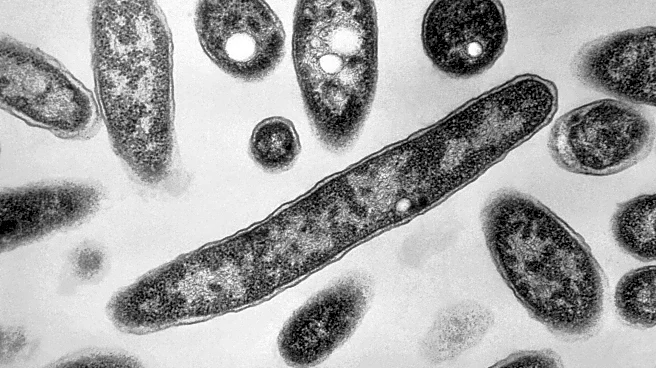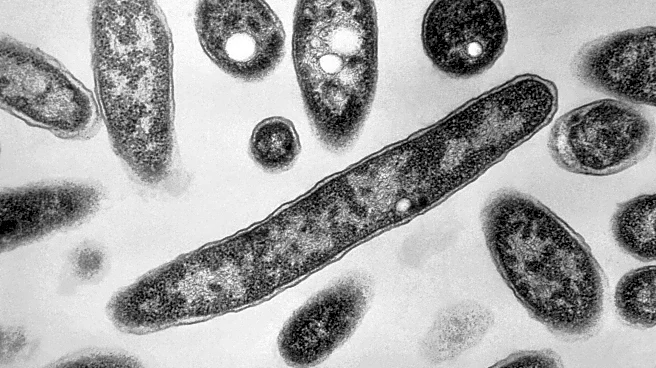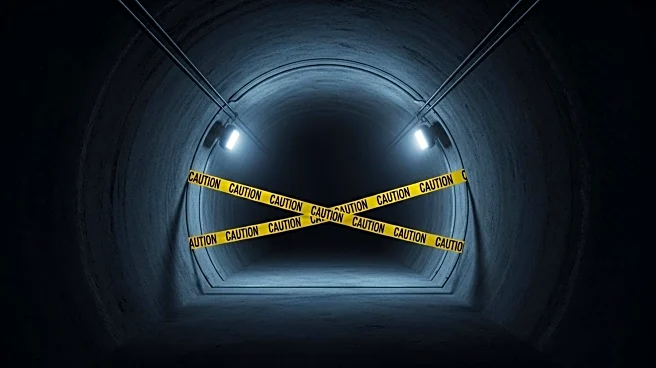What's Happening?
New York City has officially declared the end of the legionnaires' disease outbreak in central Harlem, which began nearly three weeks ago. City health officials reported no new cases since August 9, with a total of 114 cases identified during the outbreak. Ninety individuals were hospitalized, six remain in hospital, and seven deaths have been recorded. The outbreak was traced to cooling towers at the Harlem hospital and a nearby construction site. Mayor Eric Adams emphasized the importance of learning from this incident to improve future detection and response efforts. The disease, a severe form of pneumonia caused by legionella bacteria, spreads through water systems like showerheads and cooling towers. Most healthy individuals exposed to the bacteria do not fall ill, but those with certain health conditions are at higher risk.
Why It's Important?
The conclusion of the outbreak is significant for public health in New York City, particularly for the residents of Harlem. The incident highlights the need for stringent monitoring and maintenance of water systems to prevent future outbreaks. The city's response, including new proposals for regular testing and increased inspection capacity, aims to safeguard public health and prevent similar occurrences. The outbreak's impact on vulnerable populations, such as older adults and those with pre-existing health conditions, underscores the importance of proactive health measures and community safety.
What's Next?
Following the outbreak, New York City plans to implement new measures to prevent future occurrences. These include expanding the health department's capacity to inspect cooling towers, requiring more frequent testing for legionella, and enhancing sampling capabilities. The city aims to maintain contracts to increase capacity during novel issues in future clusters. These steps are intended to protect Harlem residents and improve overall public health safety.












